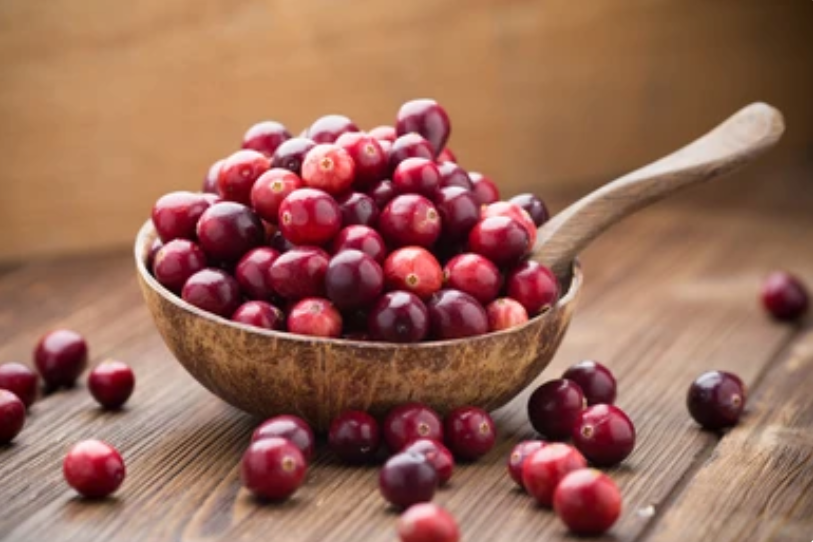
Research result of Chemical composition, antioxidant activity and impact of cranberries on human health
Cranberries are cultivated in North America, Europe and Chile, with the appropriate environment for the growth such as sand, freshwater, and cold. Cranberries grow on the vine that is known as pond or lake. “Large” cranberries (Vaccinium macrocarpon) is an evergreen shrub with low growing vine. While “small” cranberry (Vaccinium oxycoccus) grow in areas with poor draining. “Large” cranberries may have red, crimson, or dark violet while “small” cranberries may have light pink or white. Cranberries are often being processed as a product such as juice, sauce, and dried fruit.
Accord to the study found that
- Cranberry is the source that is abundant with bioactive compounds including phenolic acid, flavonoid, and proanthocyanidin which promotes the antioxidant property.
- Consuming cranberries has many benefits to the health including preventing chronic disease, such as coronary artery disease, cancer, diabetes and inflammation.
- Cranberries have heart, carcinogen, diabetes protection, inhibit inflammation, relieve fever, inhibit bacteria and virus.
- It found that when polyphenol from cranberries attach with the protein, it will cause colloid particles that are insoluble in water which can enhance the benefits to the health of food.
ref : Nemzer, B. V., Al-Taher, F., Yashin, A., Revelsky, I., & Yashin, Y. (2022). Cranberry: Chemical composition, antioxidant activity and impact on human health: Overview. Molecules, 27(5), 1503.
